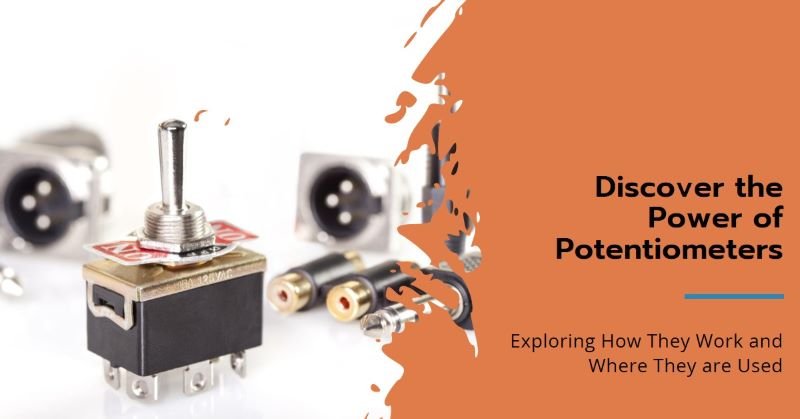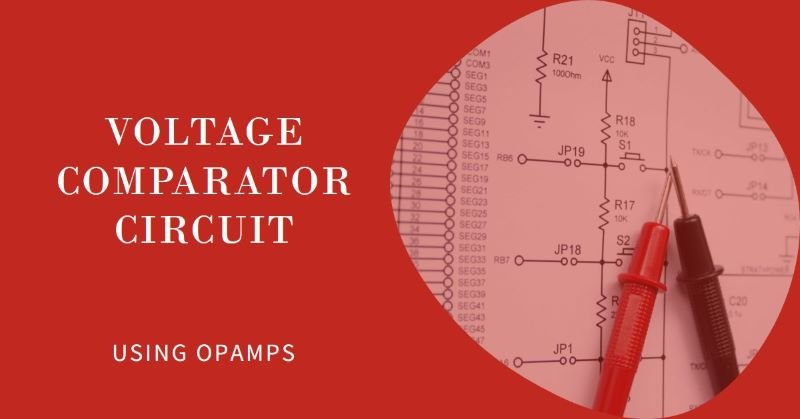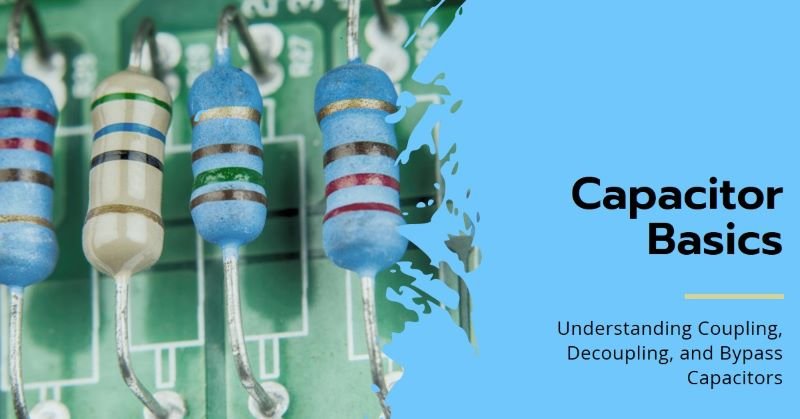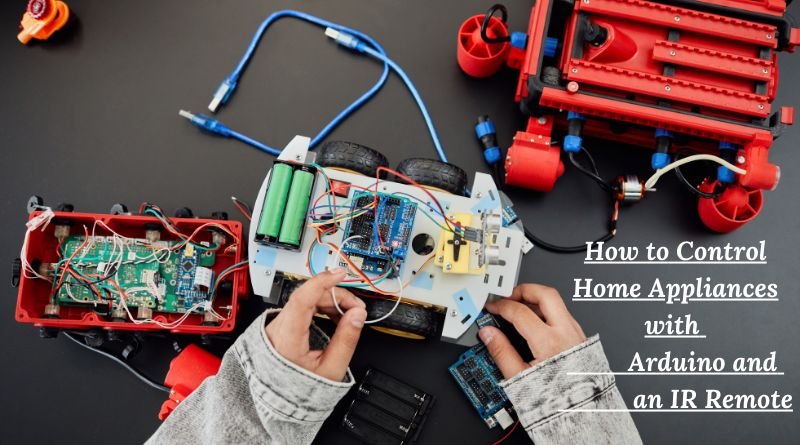Triangle Wave Generator using OPAMP
Waveform generators are essential tools in both analog and digital electronics, used to produce various types of signals such as sine waves, square waves, and triangle waves. These signals are fundamental in testing and designing circuits, serving as inputs to systems for simulation, modulation, and signal processing. Engineers and technicians commonly use waveform generators in laboratories to test the behavior of circuits under different signal conditions, ensuring reliability and performance in real-world applications.
Importance of Triangle Wave Generators: Among the various waveforms, the triangle wave is particularly significant due to its linear rise and fall, making it ideal for applications where a precise, steady change in voltage is required. Triangle waves are widely used in analog signal processing, audio synthesis, pulse-width modulation (PWM), and as reference signals in control systems. Their linear characteristics make them valuable in systems that require smooth transitions and minimal harmonic distortion.
Purpose of Using an OPAMP for Generating Triangle Waves: Operational amplifiers (OPAMPs) are versatile components in analog electronics, known for their high gain and wide bandwidth. When used in a triangle wave generator circuit, OPAMPs offer several advantages, including simplicity in design, precision in waveform generation, and flexibility in adjusting frequency and amplitude. By utilizing OPAMPs, designers can create reliable triangle wave generators with minimal components, making them ideal for various electronic applications.
Working Principle of Triangle Wave Generator
Explanation of the Basic Concept Behind a Triangle Wave Generator: A triangle wave generator produces a waveform that linearly increases and decreases in voltage over time, creating a triangular shape. The generator typically consists of two main components: a comparator and an integrator. The comparator creates a square wave, which is then fed into the integrator. The integrator, in turn, converts the square wave into a triangle wave by integrating the voltage over time, resulting in the characteristic linear rise and fall.
How an OPAMP Can Be Utilized to Generate a Triangle Waveform: An OPAMP is employed in both the comparator and integrator stages of the triangle wave generator circuit. In the comparator stage, the OPAMP switches its output between high and low states, producing a square wave. This square wave is then fed into the integrator stage, where another OPAMP integrates the input signal, producing a continuous linear ramp that forms the triangle wave. The feedback network in the circuit plays a crucial role in maintaining the shape and frequency of the waveform.
Relationship Between Square Wave and Triangle Wave Generation: The square wave generated by the comparator is the driving force behind the triangle wave. The frequency of the square wave determines the frequency of the triangle wave, as the integrator continuously charges and discharges a capacitor in response to the square wave’s high and low states. This relationship means that by controlling the frequency of the square wave, one can precisely control the frequency of the triangle wave, making the circuit highly adaptable to different applications.
Circuit Diagram
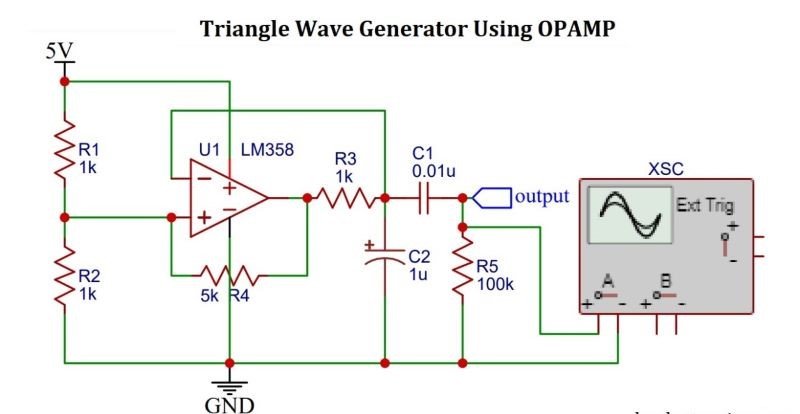
Detailed Circuit Diagram of the Triangle Wave Generator Using OPAMP: The circuit diagram of a triangle wave generator typically includes two OPAMPs, one configured as a comparator and the other as an integrator. Additional components include resistors, capacitors, and a feedback network. The comparator OPAMP is connected with a reference voltage and the output of the integrator, while the integrator OPAMP is connected to the output of the comparator and a capacitor.
Explanation of Each Component Used in the Circuit:
- Comparator OPAMP: This OPAMP switches its output between two voltage levels, creating a square wave.
- Integrator OPAMP: This OPAMP integrates the square wave, producing a linear voltage ramp.
- Resistors: These are used to set the reference voltage and control the current flow in the circuit.
- Capacitor: This component is critical in the integrator stage, as it stores and releases charge to create the triangle waveform.
- Feedback Network: Ensures stability and accuracy of the waveform, controlling the amplitude and frequency.
Importance of the Feedback Network and Capacitor in the Circuit: The feedback network is essential in maintaining the correct amplitude of the triangle wave. It ensures that the output does not exceed the desired voltage levels, which could distort the waveform. The capacitor in the integrator stage is crucial because it determines the rate of voltage change, directly influencing the frequency of the triangle wave. A precise selection of these components is necessary for achieving the desired waveform characteristics.
Operation of the Circuit

Step-by-Step Description of How the Circuit Operates:
- Square Wave Generation: The comparator OPAMP receives a reference voltage and the feedback signal from the integrator. When the input signal exceeds the reference voltage, the comparator switches its output, creating a square wave.
- Integration: The square wave is fed into the integrator OPAMP, where the capacitor charges and discharges in response to the square wave’s transitions, creating a linear voltage ramp.
- Triangle Wave Formation: The continuous charging and discharging of the capacitor result in a triangle wave output from the integrator OPAMP.
- Feedback Control: The output triangle wave is fed back into the comparator, closing the loop and ensuring consistent waveform generation.
Explanation of the Role of the Integrator and Comparator in the Circuit:
- Comparator: Acts as a switch, converting the input signal into a square wave by rapidly switching its output between high and low states.
- Integrator: Converts the square wave into a triangle wave by integrating the input signal, creating a smooth, linear voltage change over time.
How the OPAMP Alternates Between Charging and Discharging the Capacitor to Create the Triangle Wave: The integrator OPAMP alternates between charging and discharging the capacitor based on the square wave input. When the square wave is high, the capacitor charges, causing the output voltage to rise linearly. When the square wave is low, the capacitor discharges, causing the output voltage to fall linearly. This continuous charging and discharging create the characteristic triangle waveform.
This content will give your readers a clear understanding of how a triangle wave generator using an OPAMP works, from the basic principles to the detailed circuit operation.
Design Considerations
Selection of OPAMP (e.g., LM741, TL081) and Its Impact on Performance: Choosing the right OPAMP is crucial for the performance of the triangle wave generator. Popular options like the LM741 or TL081 offer different characteristics that can impact the circuit. The LM741 is a general-purpose OPAMP with a relatively low slew rate and bandwidth, making it suitable for low-frequency applications. On the other hand, the TL081 offers a higher slew rate and wider bandwidth, which is beneficial for generating higher frequency triangle waves with greater precision. The choice of OPAMP also influences factors like power consumption, noise, and overall stability of the waveform, so it should be selected based on the specific requirements of the application.
Choosing the Correct Resistor and Capacitor Values for Desired Frequency: The frequency of the triangle wave is determined by the values of the resistors and capacitors in the circuit, particularly in the integrator stage. The relationship between these components can be described by the formula: f=12×R×Cf = \frac{1}{2 \times R \times C} where ff is the frequency, RR is the resistance, and CC is the capacitance. To achieve a specific frequency, one must carefully select the resistor and capacitor values. Larger resistors and capacitors will result in lower frequencies, while smaller values will increase the frequency. It’s essential to balance these values to avoid excessive component sizes or impractically high frequencies.
Stability and Precision Considerations in the Design: Stability and precision are vital in maintaining the integrity of the triangle wave over time. Factors like temperature variation, power supply fluctuations, and component tolerances can affect the waveform’s stability. To enhance precision, it is advisable to use components with low tolerance (e.g., 1% resistors) and high-quality capacitors (e.g., polypropylene or polyester). Additionally, implementing proper feedback networks and decoupling capacitors can help minimize noise and interference, ensuring the triangle wave remains stable and accurate under varying conditions.
Applications of Triangle Wave Generators
Common Applications Where Triangle Waveforms Are Required: Triangle wave generators find use in a wide range of applications where a stable and linear waveform is essential. These include:
- Function generators for testing and development.
- Oscillators in various electronic circuits.
- Timing circuits in microcontrollers and other digital systems.
Use in Function Generators, Signal Processing, and Modulation: In function generators, triangle waves are often used as a base waveform that can be converted into other forms, such as sine or square waves, making them versatile tools for testing and simulation. In signal processing, triangle waves serve as reference signals for modulating or demodulating other signals. They are also employed in pulse-width modulation (PWM) techniques, where the linear nature of the waveform allows for precise control over duty cycles in power electronics and motor control applications.
Relevance in Audio Synthesis and Other Fields: In audio synthesis, triangle waves are valued for their smooth and mellow sound, often used in synthesizers to create unique tones and textures. They are also integral to waveform mixing, where different waveforms are combined to produce complex sounds. Beyond audio, triangle waves are utilized in control systems, particularly in applications requiring smooth transitions, such as in dimming lights or controlling analog output devices.
Advantages and Limitations
Advantages of Using OPAMP-Based Triangle Wave Generators: OPAMP-based triangle wave generators offer several advantages, including:
- Simplicity: The circuit design is straightforward, often requiring only a few components.
- Precision: OPAMPs provide accurate and stable waveforms, crucial for many applications.
- Flexibility: The frequency and amplitude of the waveform can be easily adjusted by changing component values.
- Low Cost: OPAMPs are generally inexpensive and widely available, making them cost-effective for various designs.
Potential Limitations or Challenges in the Circuit Design: Despite their advantages, OPAMP-based triangle wave generators do have some limitations:
- Frequency Range: The frequency range is limited by the slew rate and bandwidth of the OPAMP, making high-frequency generation challenging.
- Component Sensitivity: The performance of the circuit can be affected by variations in resistor and capacitor values, requiring precision components.
- Power Consumption: Some OPAMPs may consume more power, which could be a concern in battery-operated devices.
Comparison with Other Waveform Generation Methods: Compared to digital waveform generators, OPAMP-based analog generators offer smoother and more continuous waveforms without the quantization noise associated with digital systems. However, digital methods often provide more precise frequency control and programmability. On the other hand, other analog methods, such as using discrete transistors or oscillators, may offer higher frequencies but with more complexity and less stability compared to OPAMP-based designs.
Conclusion
Summary of Key Points Discussed in the Article: This article has explored the design and operation of triangle wave generators using OPAMPs. We have covered the basic principles, the role of key components, and how the circuit operates to produce a stable and precise triangle waveform. Additionally, we’ve discussed design considerations, including OPAMP selection, component values, and the importance of stability in the circuit.
Final Thoughts on the Effectiveness of Using OPAMPs for Triangle Wave Generation: OPAMP-based triangle wave generators are highly effective for a wide range of applications, offering a balance of simplicity, precision, and flexibility. Their ability to generate clean, stable waveforms makes them a popular choice in both analog and digital electronics, particularly in test equipment, signal processing, and audio synthesis.
Potential Areas for Further Exploration or Experimentation: For those interested in exploring further, experimenting with different OPAMPs, such as low-noise or high-speed models, can reveal new possibilities in frequency and waveform quality. Additionally, integrating digital control (e.g., microcontrollers) with the analog circuit could allow for programmable frequency and amplitude adjustments, merging the benefits of both analog and digital approaches.

